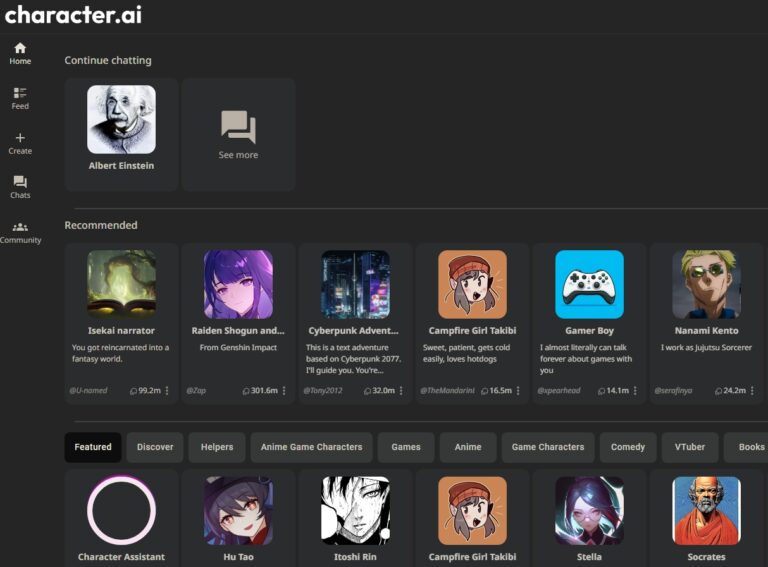AngularJS, the open-source JavaScript framework developed by Google, revolutionized the world of web development when it was first introduced. It has been lauded for its ability to simplify the development and testing of web applications by providing a robust framework for client-side MVC (Model-View-Controller) architecture. Despite the advent of newer frameworks, including its own successor Angular, AngularJS continues to be a reliable choice for certain application scenarios. In this article, we will delve into the various scenarios where AngularJS truly shines.
Table of Contents
ToggleSingle Page Applications (SPAs)
Single Page Applications (SPAs) are web applications that load a single HTML page and dynamically update that page as the user interacts with the app. SPAs aim to provide a more fluid user experience, akin to a desktop application, by avoiding full page reloads.
AngularJS is designed with SPAs in mind. Its two-way data binding between models and views, dependency injection, and modular architecture, make it an excellent framework for building complex SPAs. The AngularJS router also allows for complex routing needs, such as nested views and even location-specific urls.
CRUD Applications
Create, Read, Update, and Delete (CRUD) operations form the backbone of many web applications. These operations correspond to basic commands required to manage data in any given application.
AngularJS provides all the necessary tools and structures out of the box to build CRUD applications. The ng-model directive can be used to bind input fields to models, making create and update operations straightforward. The $http service or $resource factory can be used to interact with a RESTful server-side API for read and delete operations.
Form-Heavy Applications
Forms are a common feature in many web applications, and managing complex forms can be a challenge. AngularJS shines in scenarios where forms play a central role.
AngularJS provides form validation capabilities, both built-in and custom. Using directives such as ng-model, ng-required, and ng-pattern, AngularJS makes it easier to validate form input and provide immediate user feedback. It also has the ability to handle form events, such as detecting when a form or individual input field has been modified or whether the input is valid.
Prototyping
When you need to rapidly prototype a web application, AngularJS can be a powerful ally. Its emphasis on simplicity, especially with features like two-way data binding and easy RESTful API integration, allow developers to quickly build a functional prototype.
The directives system in AngularJS also aids in creating reusable components, which can speed up the prototyping process. These components can be easily modified or replaced as the prototype evolves into a full-fledged application.
Applications with Real-time Updates
AngularJS’s two-way data binding makes it a good choice for applications that require real-time updates. This is because any changes to the model are instantly reflected in the view, and vice versa. For instance, a chat application or a stock price tracking application would greatly benefit from AngularJS’s two-way data binding feature.
Conclusion
AngularJS, despite its age, remains a viable choice for many web application scenarios. Its robustness, flexibility, and ease-of-use make it a powerful tool in the hands of developers. Whether you’re building a Single Page Application, a form-heavy site, a CRUD application, or simply prototyping, AngularJS has got you covered. It’s also a good choice for applications that require real-time updates, thanks to its two-way data binding feature. However, it’s important to note that the choice of a framework should always be based on the specific needs and constraints of your project.


